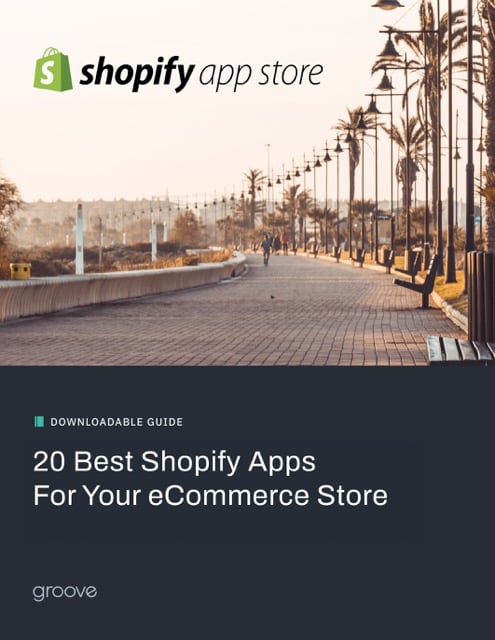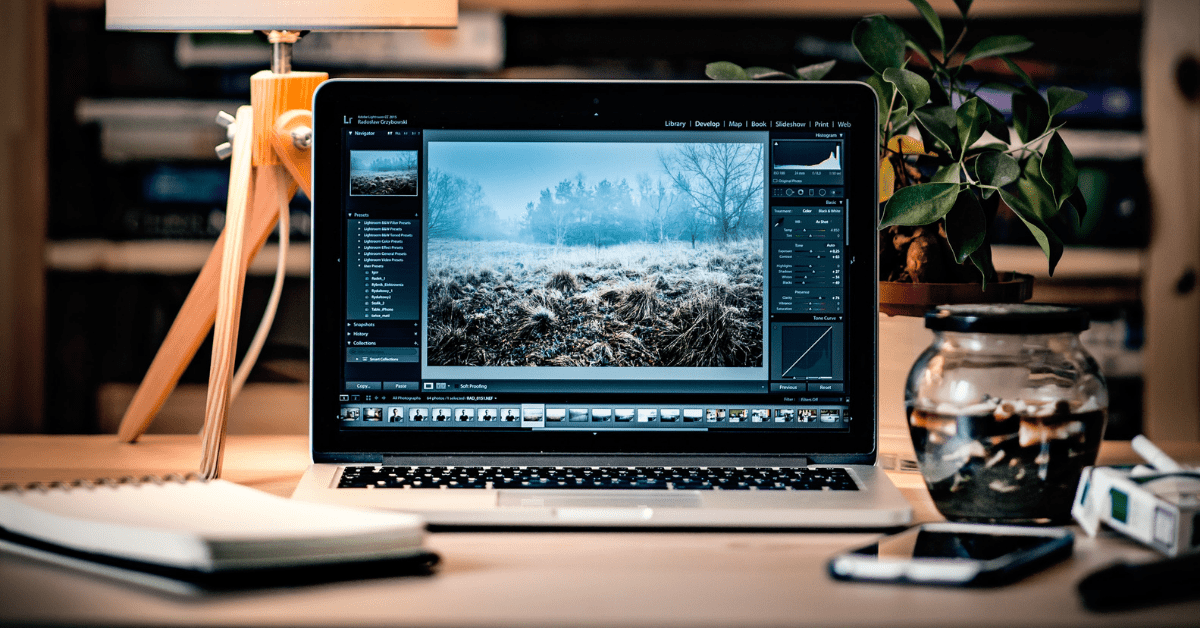There are so many factors to consider when designing an eCommerce website. To help you get started, we're sharing 5 website design best practices to help you create a unique and engaging shopping experience for your customers.
Website Design Best Practices: 5 Ways To Improve UX
Before launching a website, we ensure that all of our clients' sites follow these website design best practices:
- Show your UVP on the home page
- Keep the most important content above the fold
- Compress images to improve page load time
- Limit text on product pages
- Optimize your design for mobile
Show Your UVP On The Home Page
Attract first-time visitors and engage existing customers by displaying a unique value proposition (UVP) on your home page. Consumers lack patience, and they want to know immediately how a brand will benefit them. Be sure that your UVP answers the following questions so that your customers are hooked the second they arrive at the home page:
- What does this brand sell?
- How much will it cost customers?
- What value does it provide?
Be creative when deciding on the wording of your UVP, and remember to keep it short yet engaging. Make it eye-catching by using contrasting colors and a large font. For more design tips to attract users on your home page, follow these eCommerce home page best practices.
Keep The Most Important Content Above The Fold
You're probably wondering what is considered "above the fold." This refers to the top 600-800 pixels of a page − or the top part that you see before scrolling down. The content in this section is the most important and aids in enticing users to engage with your site.
We recommend keeping the most important content above the fold. If you're having a tough time deciding which information is the most valuable, check out these 3 above the fold web designs. Brands typically include a UVP with a clear call-to-action above the fold. Though there is room for more, it's important that the top part of your pages are not cluttered with information.
Compress Images To Improve Page Load Time
Improving page load times is a significant factor when optimizing for SEO and creating a positive user experience. HubSpot reports that when it comes to page load time, the first 5 seconds have the highest impact on conversion rate, and our benchmarking has shown that 100-200 milliseconds is an optimal page load time.
Prior to publishing our blogs and landing pages, we compress our images using iloveimg.com to shave time off our page speeds. We encourage all eCommerce brands to compress images − especially .PNG files since they're larger than .JPG files.
Limit Text On Product Pages
Limit text on product pages to avoid cluttered pages and help customers focus on adding the product to their shopping cart. We encourage you to include detailed product descriptions and information that is most relevant to the customer − and this varies from business to business.
The most important elements to include on your product pages include the product's name (so customers know what they're about to purchase), variant options (like colors, sizes, etc.), price and a call-to-action button. Secondary information (like fabrics, reviews, etc.) should be placed in a collapsible view to avoid clutter.
Optimize Your Design For Mobile
59%. That's how many people believe that shopping on mobile is important when deciding on a brand or retailer to buy from (according to a Google survey). Our team strongly believes in the importance of optimizing eCommerce websites for mobile, and there are a ton of factors to take into consideration.
When implementing these website design best practices, we can't stress enough how much revenue you may lose out on if you don't optimize your store for mobile. Follow this mobile eCommerce checklist for best practices, mobile design tips and more.
Conclusion
We hope that these website design best practices help to improve the user experience and create an engaging online shopping experience for your customers. If you have any questions or are interested in learning about how an eCommerce agency, like Groove Commerce, can help design your your online store's next refresh, reach out to us!
A member of our team will be in touch!

E-BOOK
20 Best Shopify Apps For Your eCommerce Store
Explore tags:
About the author
Subscribe to the Groove Newsletter
Get the latest updates and insights straight to your inbox



